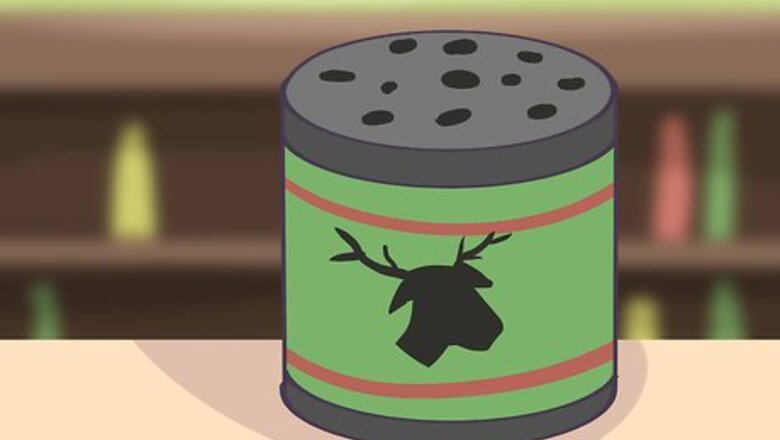
views
Learning the Calls
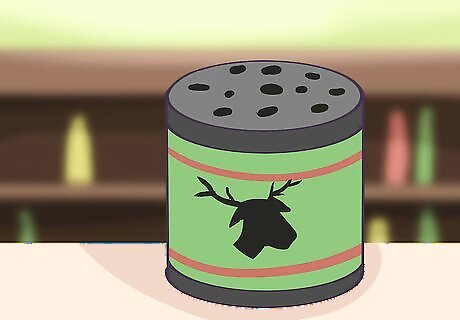
Use a bleat can to emulate the sound of does and fawns. A bleat is a drawn out sound similar to a cow’s moo. Does and fawns, or female adult deer and young deer, make this noise to communicate with one another. Bleat cans replicate the sound of a deer and can be purchased at a hunting store or online. To use it, simply flip the can over to make the sound. There are bleat cans that are made to sound like does and separate bleat cans that sound like fawns, or younger deer.
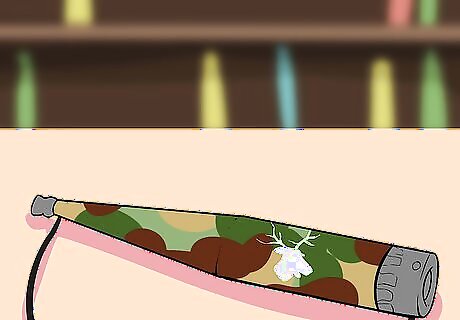
Blow into a grunt tube to emulate the sound of a buck. A buck, or male deer, makes a lower-pitched sound known as a grunt. The buck grunts to challenge other bucks. Wrap the palm of your hand around the end of the grunt tube and rest the mouthpiece on your bottom lip. Form a seal around the mouthpiece and blow into the it while spreading your fingers on the end of the tube. Blow into the tube for 1-2 seconds at a time to emulate the sound of a buck. There is an adjustable slide on most grunt tubes that will help you change the pitch of the grunt. Older bucks will have a deeper, lower-pitched grunt than young deer. Most bucks will grunt 2-3 times in a row.
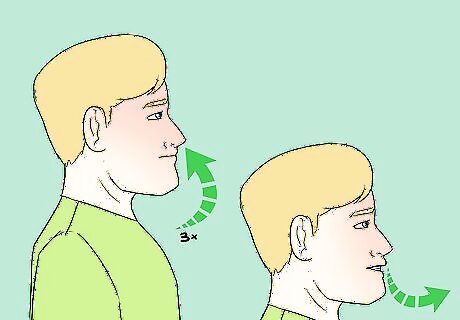
Make a snort-wheeze to call older bucks. A snort-wheeze is a sound that older male bucks make to challenge other deer in their vicinity. It can be made without any equipment and should only be used if you’re trying to call older bucks. To make the sound, clinch your teeth together and pucker your lips. Exhale 3 short breaths while holding your mouth in that position to create the snort-wheeze sound.

Rattle deer antlers together to emulate the sound of sparring deer. Male deer will lock horns with each other during mating season, or the "rut." Rattling artificial or authentic deer antlers together will recreate the sound and may attract male deer to you. Alternatively, a rattle bag is an artificial bag that's created specifically to emulate the sound of sparring deer. Shake the bag to replicate the sound of sparring bucks.
Using the Calls to Attract Deer
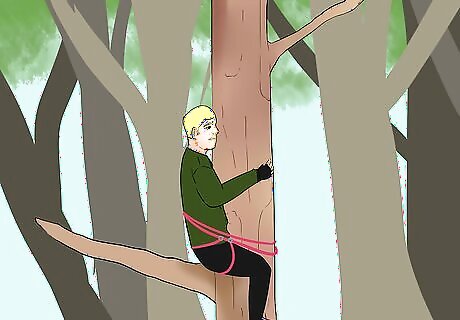
Climb a tree or use obstructions to keep the deer from spotting you. If the deer spots you, it may get spooked and run away. Climbing high in a tree or standing behind shrubs will minimize the potential of scaring it off. If you are climbing high up in a tree, make sure to set up the right tree harness to prevent yourself from falling out of it.
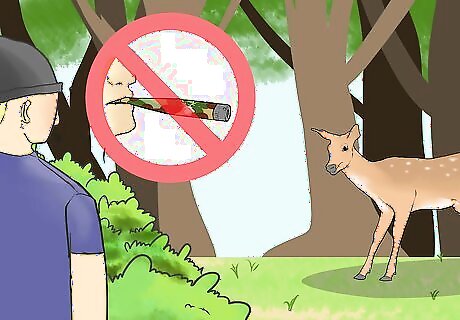
Don’t call when the deer is close and looking in your direction. If you're too close to the deer when you make a call, it will be able to locate where the call came from and will spot you. You can call a deer when you see it, just make sure it isn't looking in your direction. If you don’t see a deer in the area and make a call, it’s known as a blind call and may attract deer to your area.
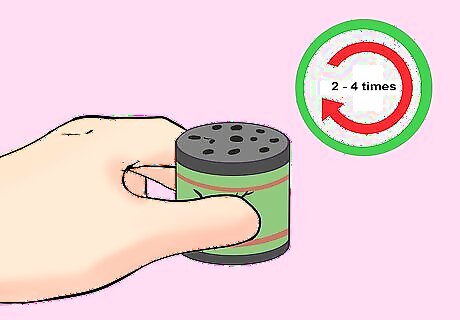
Flip your bleat can over 2-4 times. Start your call by using the bleat can. Flip it over a couple of times to emulate the sound of a doe ready to mate. If a buck is nearby, use a doe bleat to attract it to you. If you’re hunting does, use a fawn bleat to replicate the sound of its young.
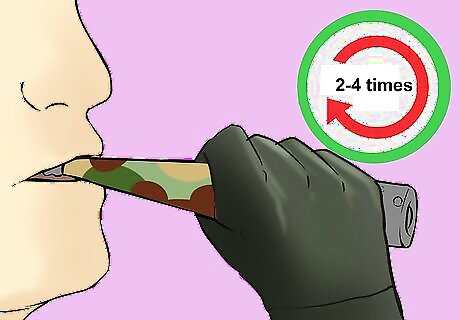
Blow into your grunt tube 2-4 times. Follow up the bleat call with a buck grunt. If you are hunting during the pre-rut season, make your grunts aggressive to emulate the sound of a buck defending its doe.
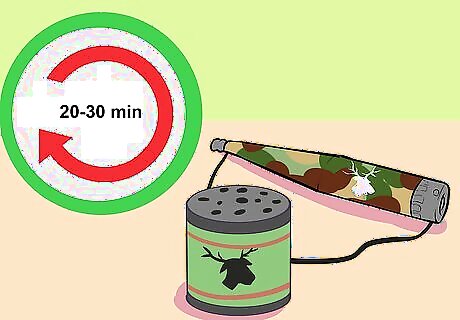
Repeat your bleats and grunts every 20-30 minutes. Continue to bleat and grunt every 20-30 minutes, then wait and scan the area to see if you’re attracting any deer.
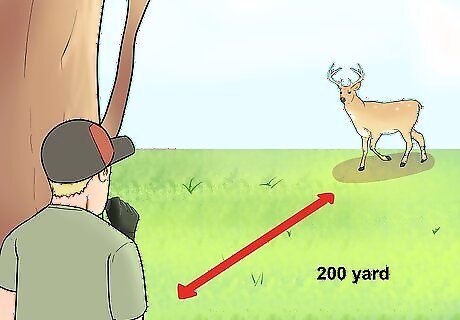
Snort-wheeze at a buck if he’s over 200 yards (600 ft) away. If a male deer is far away, it may not hear your grunts or bleats. In this case, a snort-wheeze will get their attention. Use this technique if the deer isn't reacting to your calls. The sound of a snort-wheeze typically travels further and is more likely to bring the buck to you.
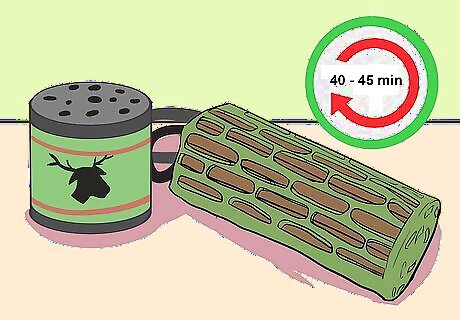
Use a rattle bag in combination with the other calls. If the other calls aren't attracting deer, a rattle bag may attract larger bucks. Rattle the bags or your antlers together for around 5-6 seconds. Try performing a couple of bleats, then grunts, then use your rattling bag. Continue to do this in 40-45 minute intervals to attract bucks.
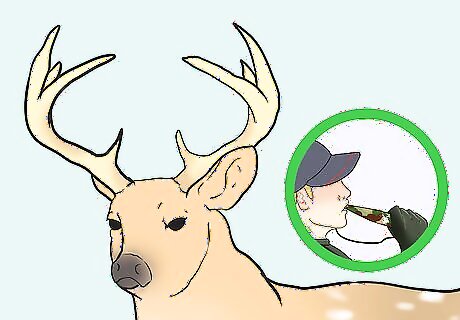
Increase the intensity of your grunts once you see a deer. Increasing the intensity of your grunts will get a male deer's attention. Continue to grunt at a louder volume until the deer hears the grunt and starts heading in your direction.
Using the Right Calls at the Right Time
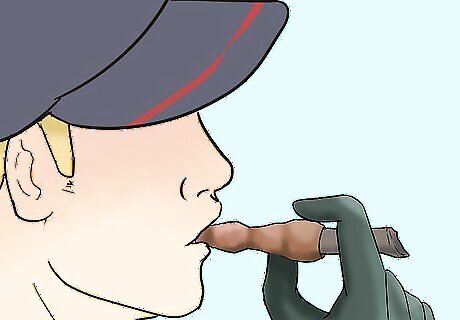
Use weaker bleat and grunt calls early in the season. Earlier in the season, deer will be less interested in rattling or snort-wheezing. This is because the rut hasn’t begun and most bucks won’t exhibit aggressive behavior early in the season. Make your grunt and bleat calls short and quick. Longer or louder calls are signs of deer aggression and excitement. The early season is typically in the middle or beginning of October.
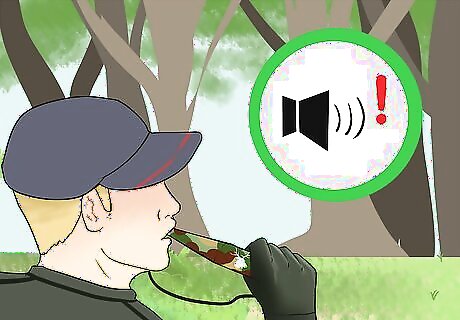
Utilize louder grunts during the pre-rut and rut season. The pre-rut and peak-rut seasons are when bucks will be the most active and make the most noise. It’s also the time where they will be more receptive to louder grunts. Blow into your grunt tube harder to create a louder, more aggressive grunting noise. Loud grunts will attract deer who have lost their mates or those looking to mate for the first time in the season. The average rut dates will be in between October and November, though it varies depending on which region you live in.
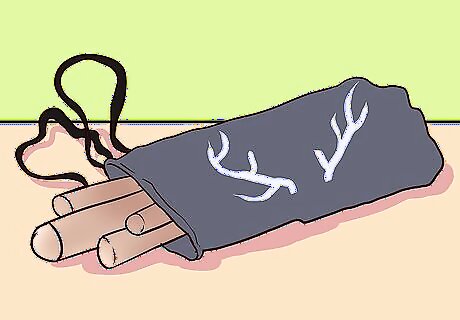
Use the rattle bags during the rut. Deer are more likely to spar and fight during the rut season and are less likely to fight early in the season and after the rut. Don't use rattle bags early in the season or in the post-rut because it may actually scare off younger or smaller bucks.
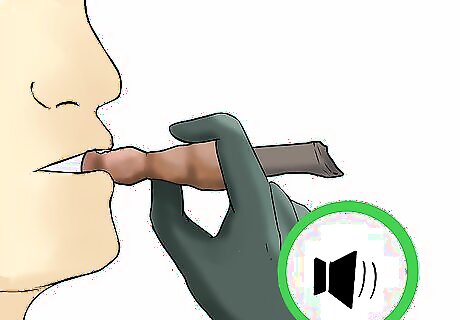
Use less aggressive calls during the post-rut season. After the breeding season, deer will be less receptive to loud grunts. For this reason, you should use the same tactics as you did peak season, but softer. Blow into your grunt tube with softly to attract deer.

















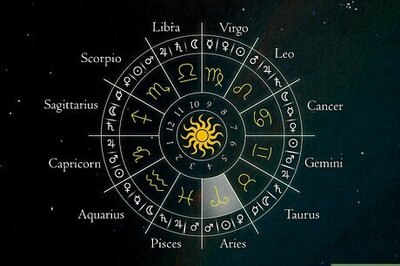


Comments
0 comment